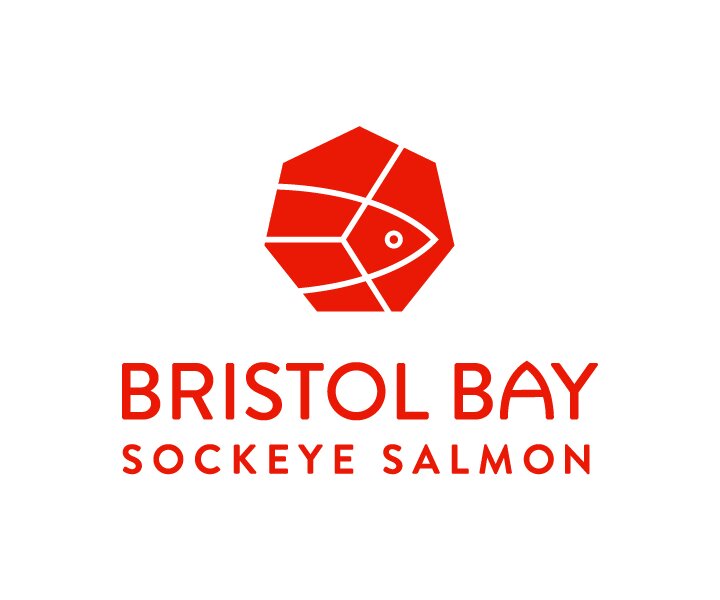Success in Limiting Foregone Harvest
/Almost all the fish caught in Bristol Bay’s commercial salmon fishery consist of sockeye salmon, and runs in recent years have been more abundant than ever, including a harvest of +59.9 million sockeye in 2022 that smashed the previous record of 44.3 million sockeye set in 1995. However, large sockeye runs can and have resulted in river systems exceeding their escapement goals, sometimes by large margins.
Each of the nine river systems in Bristol Bay has an escapement goal with a range for how many salmon are calculated to be needed to maximize sustained yield in the fishery. Fish are counted as they migrate up river using sonar, counting towers, and aerial surveys. When more fish travel upriver to spawn than the intended escapement goal, this is known as “overescapement”.
Overescapement occurs for a wide range of reasons. Weather, harvesting/processing capacity, run intensity/timing, uncertainty about the approaching run, protection of other species, and fishery management decisions can all contribute to allowing too many fish to migrate up river. Why is this a problem? First, when too many fry inhabit freshwater areas there is a potential for overgrazing food stocks, which can lead to a substantial die off of juvenile salmon for multiple generations, although this has never been seen in Bristol Bay. Second, the fish which are not harvested represent foregone economic value. However, it is worth noting that escapement goals represent biologists best long-term estimate of the optimal number of spawning sockeye salmon for each river system. Changing environmental factors likely affect the carrying capacity of rivers and lakes, such that they may be able to handle more (or perhaps less) fry in any given year.
The table below summarizes the scale and foregone value of sockeye salmon overescapement in Bristol Bay river systems.
Overescapement tends to be highest in the Nushagak fishing district. The weather was a major contributing factor to high overescapement in 2021, but Chinook salmon stocks are also a key factor. Biologists need to ensure that not only enough sockeye make it upriver, but that enough Chinook do as well. Like many other places in Alaska, the abundance of Chinook salmon has declined in recent years, which has resulted in more restrictions on fishing time in the Nushagak District. Unfortunately, since the Nushagak’s escapement goals for king and chum salmon have not been met for the last three years, it’s possible that fishing effort may be more restrictive in coming years.
Another thing that jumps out from the data is the relatively low amount of overescapement in 2022, in relation to the record harvest figure. Clearly the fishing, processing, research, and management sectors were all on top of their game to maximize the sustainable harvest of Bristol Bay sockeye (the lone exception being the Nushagak District which is highly impacted by the need to protect Chinook runs). It is important to underscore what an achievement 2022 was, in terms of avoiding massive overescapement. For our part, BBRSDA communicated frequently with ADF&G and processors in advance of the fishing season to identify any tactics which could limit overescapement. On behalf of our fishermen members, BBRSDA expresses its thanks and gratitude to the fishing crews, ADF&G staff, the Port Moller and BBFC research staff, processors, tenders, and all the support businesses for a job well done.
Finally, the table shows the foregone economic value of overescapement. In 2021, the fish which were not caught (but theoretically could have been) were worth $77 million in ex-vessel terms. Although 2021 produced an excellent ex-vessel value of $336 million, the foregone benefits were substantial: the sockeye not caught in Bristol Bay would have ranked as the third-most valuable salmon fishery in Alaska. Some fish were “left on the table” in 2022, but again, the overall foregone benefit of $25-$35 million in ex-vessel value is far smaller than what could have happened with a +75 million run. The immediate and long-term effects of that feared scenario would have quickly ran into the hundreds of millions of dollars and carried the potential to depress Bristol Bay sockeye runs for years to come. A lot of time, muscle, money, and good luck went into avoiding such a scenario and BBRSDA congratulates everyone who contributed to this historic season.
The foregone economic benefit estimates shown above require some explanation as they hinge on two key assumptions. First, they assume the additional volume of fish spawning upriver do not contribute to larger (i.e., more valuable) harvests in future years, which may be the case to some extent. Second, it is assumed that ex-vessel prices would not have changed (i.e., declined) due to the harvest of more sockeye. Both of these assumptions vary by year depending on environmental and market conditions and would be virtually impossible to account for, but in general could result in a lower actual value of foregone economic benefit. Keep in mind also that these economic estimates are in ex-vessel terms, which is solely the payment from processor to fishermen, and do not reflect all the downstream or secondary economic benefits derived from the fish.





